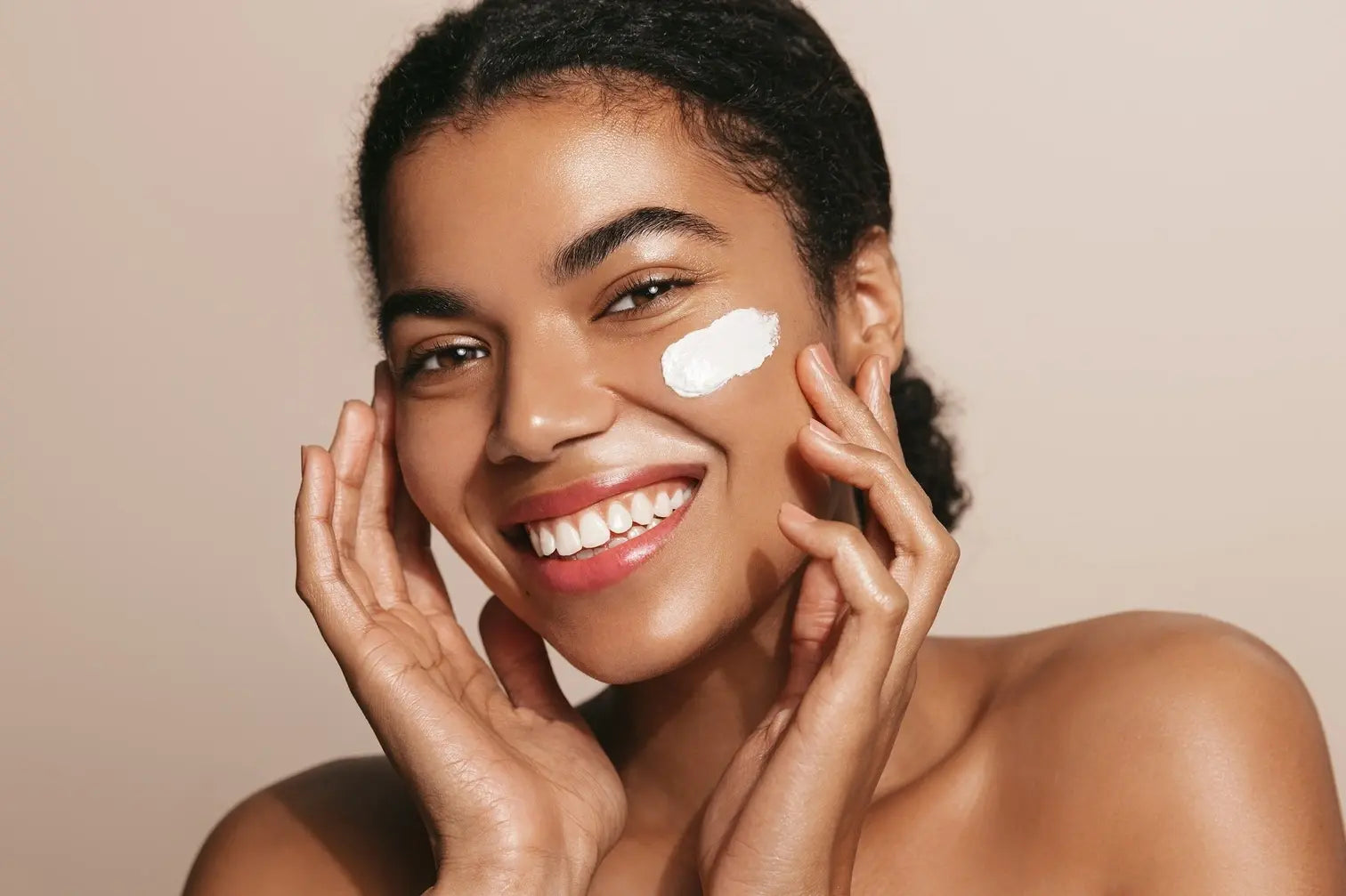What is the Difference Between Non-Comedogenic vs Comedogenic Products?
Non-comedogenic refers to products or ingredients specifically formulated not to clog pores or cause comedones (blackheads and whiteheads). These products are rated on a comedogenic scale, ranging from 0 to 5 where a rating of 0 indicates that the substance is completely non-comedogenic and unlikely to clog pores, while a rating of 5 signifies that is highly comedogenic and should be avoided by those with acne-prone skin or sensitive skin. 1
Maintaining Healthy Skin
- Cleansers: Opt for gentle, non-comedogenic cleansers that remove impurities without disrupting your skin’s natural balance. We recommend our gentle cleanser, PREP, formulated with non-comedogenic ingredients to thoroughly remove impurities without disrupting the skin’s natural barrier.
-
Moisturizers: You'll typically want to choose lightweight, oil-free moisturizers that hydrate without clogging pores. Although some ingredients like coconut oil or shea butter may be moisturizing, they can still clog your pores. Non-comedogenic options like jojoba oil are preferable for those with acne-prone skin or oily skin type
. 5 OS-01 FACE also contains non-comedogenic ingredients that are gentle on skin while minimizing the effects of inflammation — making it another great choice for those with oily, acne-prone complexions.
-
Sunscreen: Sunscreen should be a core part of your daily skincare routine. However, you need to ensure that the sunscreen is non-comedogenic. Broad-spectrum non-comedogenic and mineral-based sunscreen options with zinc oxide
can promote skin health and also tackle hormonal acne.6 Opt for OS-01 SHIELD for anSPF that outperforms the rest by preventing and repairing UV-induced damage.

Choosing the Right Products
Importantly,some products may be labeled as non-comedogenic while still triggering breakouts because there is no regulated standard for comedogenicity. Because of this, companies within the cosmetic industry can freely label products as ‘non-comedogenic’ without any requirement to verify these claims. These products may also be labeled differently such as "non-acnegenic," or "won't clog pores."1 These flimsy regulations make recognizing the ingredient lists of the products you use all the more important.
Informed Choices
-
Coconut oil and cocoa butter:
These tropical oils are highly comedogenic oils due to their high concentration of fatty acids like lauric acid. While beneficial for some purposes, these oils' thick, occlusive nature can trap dirt, oil, and bacteria in the pores, leading to breakouts and congestion. Their high comedogenicity makes them unsuitable for many skin types.7
-
Certain waxes like beeswax:
Many cosmetic waxes create an occlusive film on the skin that traps sebum and debris in the pores, increasing the risk of acne. Although it is relatively low in terms of comedogenicity, these waxes should be switched out with lightweight gentle moisturizing ingredients for those with oily skin types.8
-
Lanolin Oil: Lanolin is a wax secreted by wool-bearing animals like sheep that is used as an emollient and moisturizer in cosmetics. Is lanolin safe
for the skin? This thick oil clogs pores and exacerbates acne or causes new breakouts in those with acne-prone skin due to its heavy, occlusive nature preventing the skin from breathing properly. 1
-
Prickly Pear: Prickly Pear is a nutrient-rich plant containing antioxidants that calm inflammation and redness
. Prickly pear is also non-comedogenic and safe for all skin types.9
-
Hyaluronic Acid: This naturally occurring substance in the body is a powerful humectant, capable of holding up to 1000 times its weight in water. Hyaluronic acid
draws moisture into the skin and helps it retain that hydration for a plump, dewy appearance. It is non-comedogenic and can even help regulate oil production, making it suitable for all skin types including oily and acne-prone. 10
-
Jojoba Oil:
Jojoba is a plant wax that closely mimics the skin's natural sebum. This allows it to absorb easily without leaving a greasy residue.5 Jojoba is non-comedogenic and can help dissolve excess sebum buildup in clogged pores. It's packed with vitamins and minerals that nourish the skin's barrier. Other oils such asandiroba and moringa oil are also non-comedogenic.
-
Seed Oils:
Lightweight, non-comedogenic seed oils like grapeseed, rosehip seed, and marula can provide the skin with essential fatty acids and antioxidant protection. These "dry" oils absorb quickly and won't clog pores. They help fortify the skin's barrier without feeling heavy or greasy.7
- Comedogenicity measures how likely a product is to clog your pores, ranging from 0 (non-comedogenic) to 5 (highly comedogenic).
- Comedogenic products can exacerbate skin issues by trapping oil, dead skin cells, and impurities, which can in turn lead to acne breakouts, inflammation, and even scarring.
- Non-comedogenic skin care allows the skin to breathe, minimizing the risk of blocked pores and acne.
- Despite some products being labeled as non-comedogenic, the lack of regulated standards means consumers must be vigilant about checking product labels and understanding ingredient impacts.
- Incorporating non-comedogenic products into daily skin care routines is essential for with acne-prone skin, helping to reduce the risk of breakouts and maintain a healthy skin barrier.



